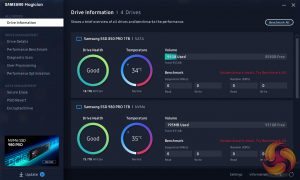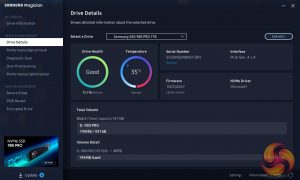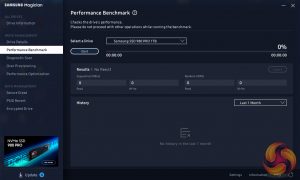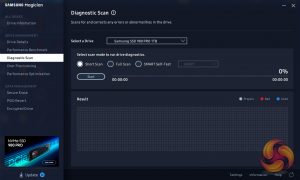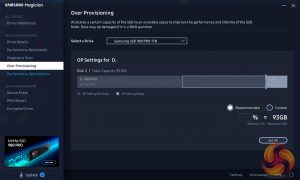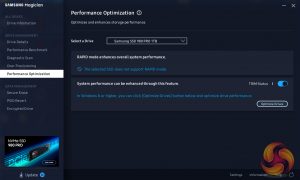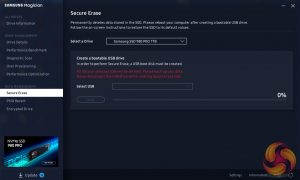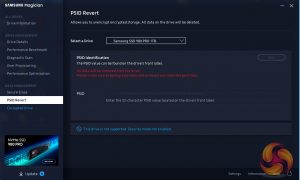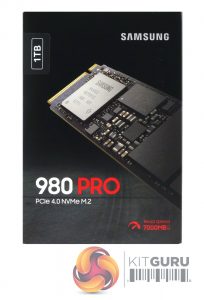
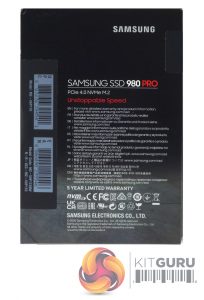
Samsung’s SSD980 PRO comes in a black box with a large image of the drive on the front. On the top left-hand side of the box, we find a sticker displaying the drive’s 1TB capacity. Also displayed is the fact that the drive uses a PCIe 4.0 interface and has a 7,000MB/s read speed.
The rear of the box has a multilingual information panel giving the web address for more detailed warranty information. Under this is a reminder that the drive has a 5-year limited warranty.
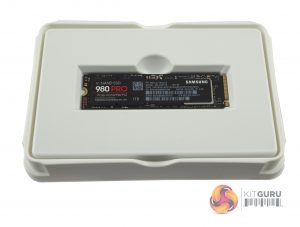
The drive itself comes tucked up in a plastic shell for extra protection. This outer shell fits into another piece of plastic which is home to the installation/warranty guide.
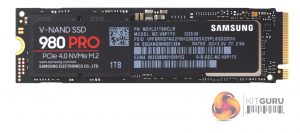
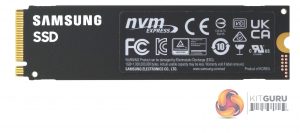
The SSD980 PRO is built on a single-sided M.2 2280 format PCB. Under the long product label on the top of the drive sits the new Samsung Elpis controller (which has a nickel coating to help with heat dissipation), a 1GB LPDDR4 cache IC and two packages of Samsung's 6th generation 1** layer 3-bit MLC (TLC) V-NAND. The sticker on the rear of the drive has a built-in copper layer to also aid heat dissipation.
Samsung’s SSD management utility goes by the name of Magician and can be downloaded from Samsung’s website. The latest v6.2 version brings support for the SSD980 PRO.
Magician allows you to do most maintenance jobs you may need to do with an SSD; updating firmware, optimise performance, adjust the Over Provisioning, enable data security (the drive supports AES 256-bit full-disk encryption, TCG/Opal V2.0, and Encrypted Drive -IEEE1667 (MS eDrive ) ) and securely erase the drive. Magician also features a built-in benchmark tool.
The one thing missing from Magician is any form of integrated data migration tool but you can download a separate data migration tool from Samsung’s website.
 KitGuru KitGuru.net – Tech News | Hardware News | Hardware Reviews | IOS | Mobile | Gaming | Graphics Cards
KitGuru KitGuru.net – Tech News | Hardware News | Hardware Reviews | IOS | Mobile | Gaming | Graphics Cards


